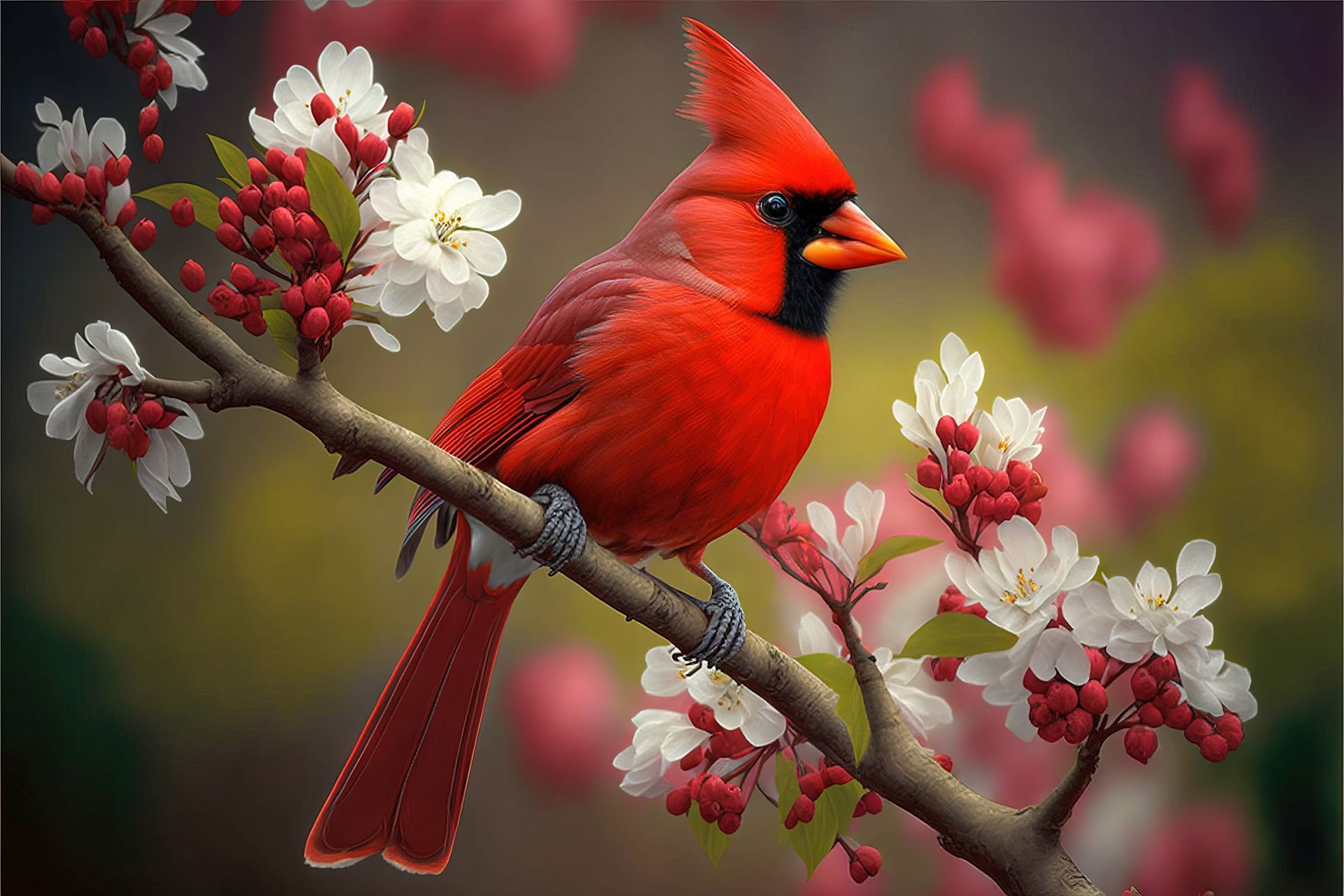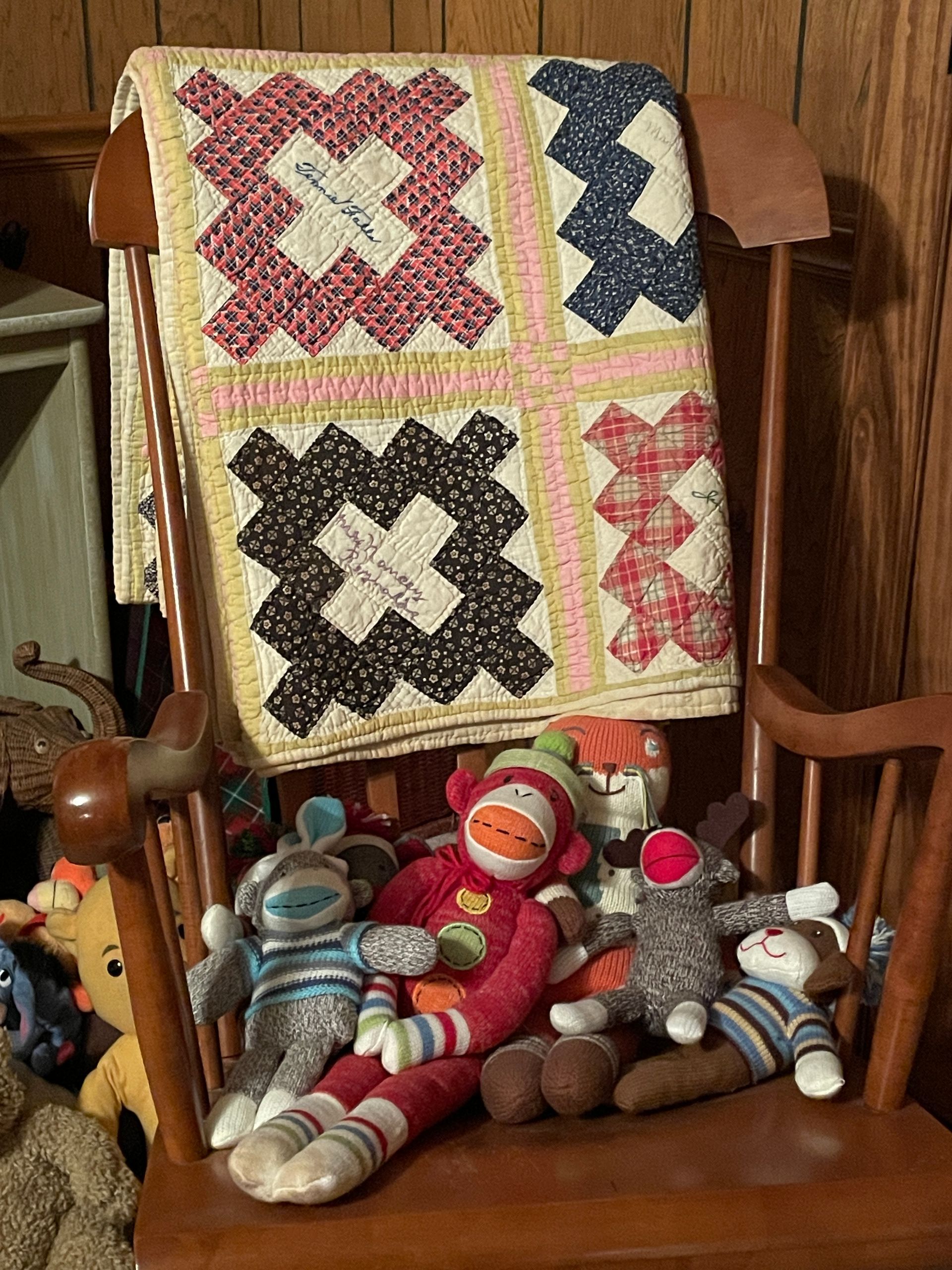Cardinals. One of the most brightly colored birds of the bird world—at least if they’re male. Like so many of their counterparts, the females get to pick and choose among their suitors, so the males have to really show up and show out. Which is a random fact that has very little to do with this post but is included so any bird people out there will understand I do realize there’s a difference.
For centuries these beautiful birds have filled many roles, the substance of which depends upon the human beholding them. Native American beliefs saw them as representatives of devotion, courtship, and love . . . also as “weatherbirds”, predicting rain or perhaps sunny skies. If you focus on the relationship aspect, they are viewed as symbolic of loyalty or a strong attachment between two people, which makes perfect sense because cardinals mate for life. Rarely do they stray far from their chosen home and even their young remain close by once they reach adulthood, expanding the family and strengthening the bond between them. Old folk tales hold that a cardinal seen near your home could be announcing the approach of guests . . . while one inside your home could signal the approach of Death—unless you’re single (not sure what that has to do with it . . .) and then the bird’s presence can indicate love might be just around the corner.
However, one of the most widely held roles associated with the humble cardinal is that of a messenger. The content of those messages can vary, but almost always they are filled with hope and comfort and reassurance. Perhaps that’s why, when a cardinal appears, people view it as a sign from someone they have loved and lost to Death. It is that person’s way of letting you know they have not left you; they are, and always will be, close by. This seems to be a most fitting role for a cardinal since, unlike many other songbirds, they don’t migrate to warmer climates as winter approaches. You’ll likely see them year-round, nestled within the leafy branches as spring arrives or as a stark contrast to the blankets of white that often (or in the south, rarely) cover the ground as the temperatures drop.
My mother-in-law absolutely loved cardinals. Cardinals and peacocks. And probably in that order. You could find one or the other in every nook and cranny of their house, as well as nesting on all the flat surfaces. I had never paid that much attention to the number of cardinals that crossed my path out in the world . . . until her life was ending . . . and then suddenly, they seemed to be everywhere. They were perched in the crepe myrtles beside our driveway. They were hopping across the porch, heading for the cat food (while keeping a watchful eye on their mortal enemies that lay napping close by). If I was standing at the kitchen sink, they were in the maples in the front yard. It got to the point that I was checking the time whenever they appeared, firmly convinced they were announcing her departure before anyone else could. And when she did finally leave this world for better things, they didn’t vanish but continued to bring a sort of peace and comfort with their presence. Almost as if they knew their job was not yet done.
So, is there any truth to the traditions and legends associated with cardinals? Well, I believe there is, for traditions and legends are born of some small truth, and a need to explain what is not completely understood. When we are grieving, we often find our comfort in the simple things of life. A walk in the woods. Coffee with a friend. Surrounding ourselves with the things our person treasured in this world. And the appearance of a little bird, bright red in color, that sings a beautiful song and reminds us of the love we still hold dear.
About the author: Lisa Shackelford Thomas is a fourth-generation member of a family that’s been in funeral service since 1926 and has worked with Shackelford Funeral Directors in Savannah, Tennessee for over 45 years. Any opinions expressed here are hers and hers alone and may or may not reflect the opinions of other Shackelford family members or staff.













